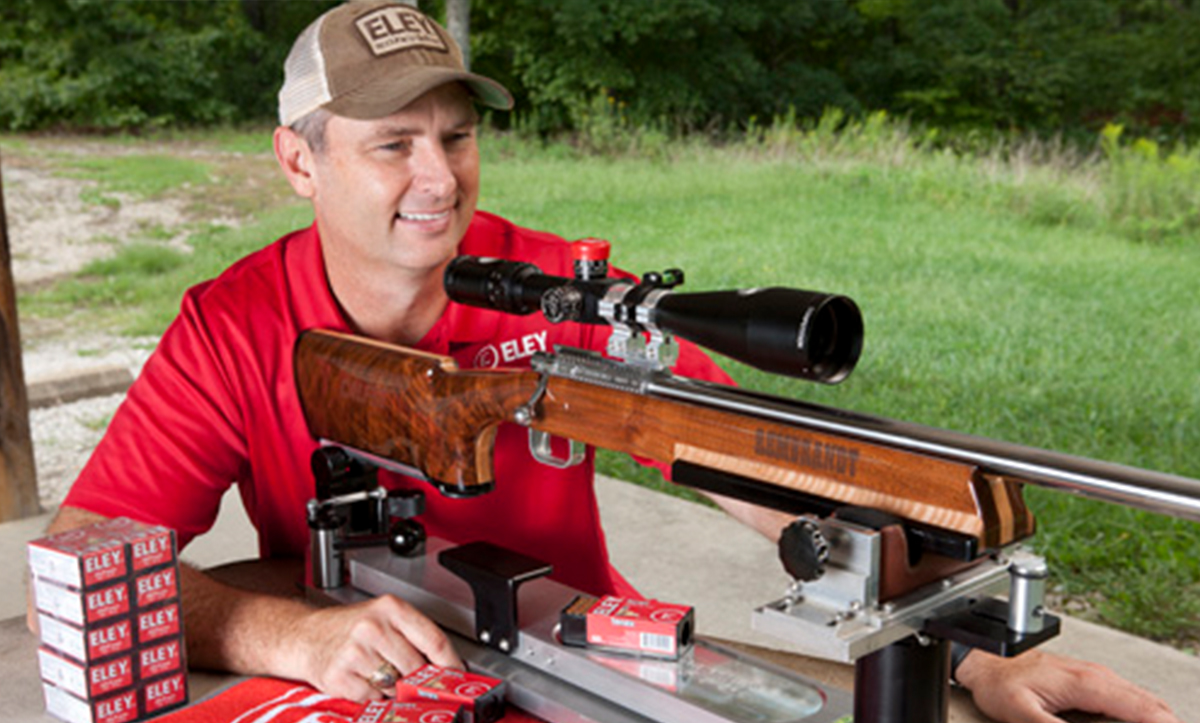straightshooter1,
I read where the Olympic team changed their barrel cleaning procedure several years ago to where they clean after each match or range session. As for Eley, this might be of interest:
With 15 years’ experience as a Benchrest competitor and champion, Dan Killough knows how to extract maximum accuracy from a rimfire barrel.

eley.co.uk
But I think these recommendation only apply to better barrels.
Hoser,
I don't have a well used match barrel at this point. I've only gotten back into shooting 22LR this year after 30+ years. Most of mine are inexpensive factory rifles. I have a couple of better, what I might term midgrade, barrels for a 10/22 that are only a month or 2 old and have a Proof Research 10/22 barrel on order.
I initially followed the conventional wisdom of 'shoot until accuracy suffers' but have changed my cleaning process. For the lower-end (factory) barrels, I'll shoot about a brick before cleaning. From my experience, these rifles often take more rounds through them until they reach good accuracy. It's not uncommon to put a box through one until it hits it's stride. On the midgrade (i.e. Feddersen), only a few fouling shots (less than 10) were required for them to shoot very well. I'll have to see how the Proof responds when I get it in-hand. My "guess" is that it's be spot-on with only a few rounds.
 forums.accuratereloading.com
forums.accuratereloading.com 

